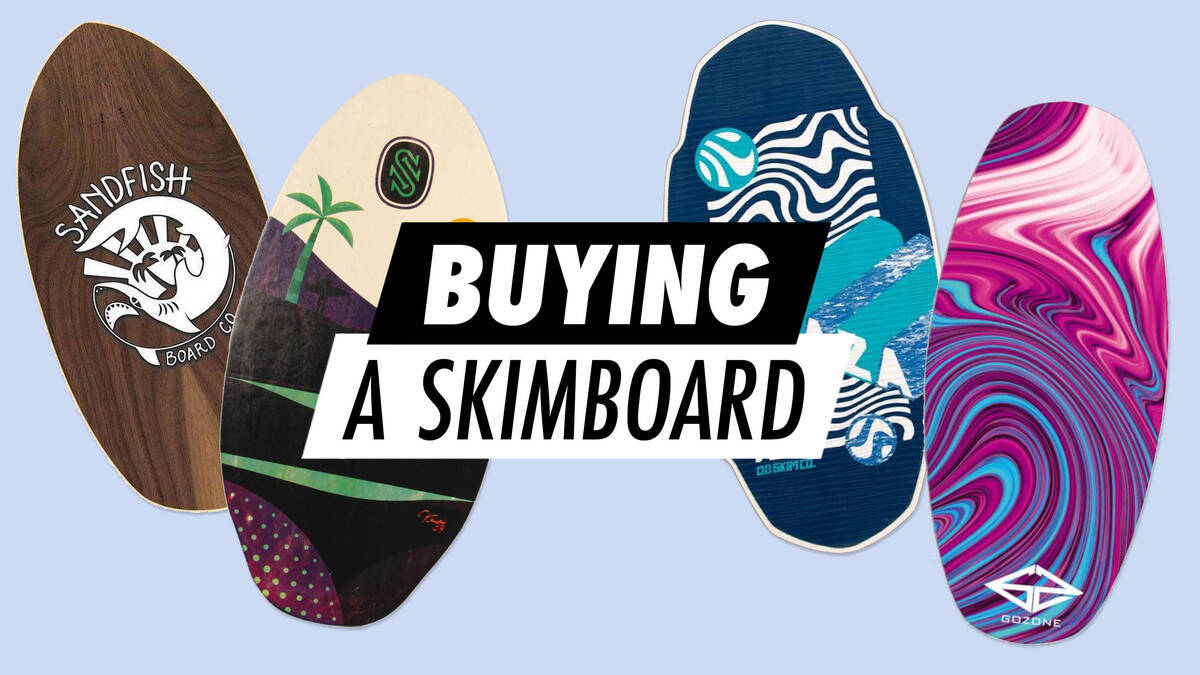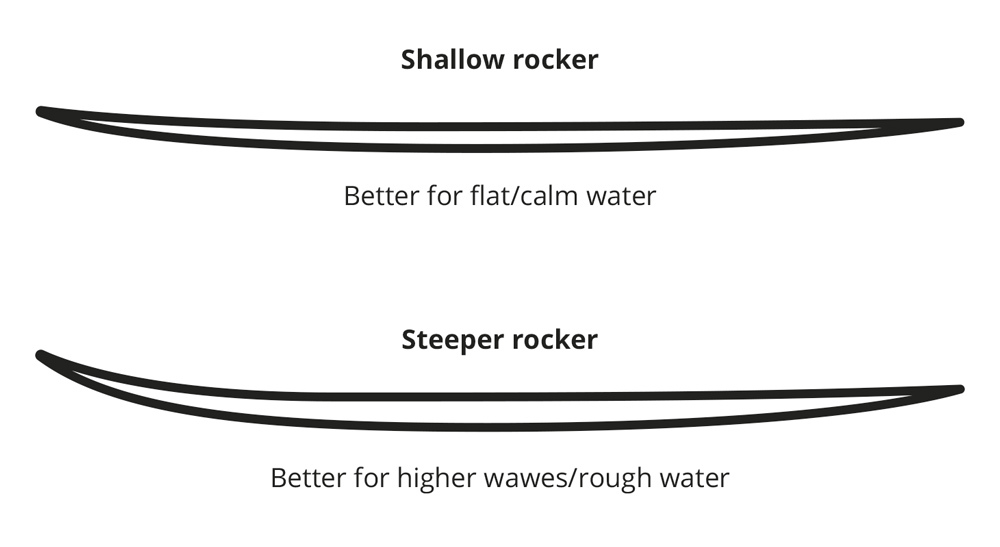Purchasing a Skimboard

Skimboarding, a sport which involves gliding along shorelines on flat boards, is experiencing increasing popularity. However, appearances can be deceiving - numerous factors must be considered before acquiring a skimboard.
1. Board Material: Foam vs. Wood
Skimboards primarily fall into two categories based on the materials used in their construction: foam and wood, with foam boards designed in a sandwich construction. This structure has a foam core placed between layers of fibreglass and epoxy. 'Sandwich boards' are high-end, more delicate but provide excellent buoyancy suitable for larger waves/skim. Additionally, 100% foam boards, being more playful and buoyant, cater to recreational use and children's interests. For a child-friendly board geared towards fun, consider exploring our bodyboard section.
Other options, such as carbon boards, exist, though they are for professionals and typically cost more.
Skimboarding splits into two disciplines: flatland/inland (performed in shallow, sandy areas like creeks, lakes, puddles, rivers, and low tides along beaches) and wave skimming (within shore breaks into deeper waters riding the incoming waves). Choosing between a foam core or wooden board depends on these disciplines and your skill level.
- Foam core boards are usually preferred by wave skimmers due to being lighter, thicker, and more flexible, facilitating easier floating on waves. Their flexibility and buoyancy make them ideal for wavy circumstances. Foam boards are favoured by intermediate to advanced riders seeking to perform tricks on waves.
- Wooden boards are ideal for flatland or inland skimming. With their heavier weight and lower buoyancy, they sink faster, making them better for shallow waters. These boards are recommended for beginners due to their lower costs and durability or for riders aspiring to perform tricks on ramps and rails, where wooden material offers greater resistance.
2. Choosing the Right Size
Sizing your skimboard is contingent on various elements, like weight, height, speed (how quickly you can run to catch a wave or slide), experience, and style.
Speed plays a pivotal role. Greater speed yields higher buoyancy, simplifying the skimming process, although buoyancy also depends on your weight relative to the board. A larger board provides greater buoyancy.
Experienced skimmers often opt for smaller boards due to their increased manoeuvrability and ease of performing tricks.
Conversely, less experienced skimboarders typically require larger boards that better support their weight, facilitating easier skimming on the surface and balancing due to increased foot area, consequently enhancing speed.
3. Board Curvature (Rocker) and Tail
Flatland skimboards are generally twin tip or symmetrical, with consistent shapes for the nose and tail, suited for exiting tricks in both directions. Common twin tip configurations include Streamline and Proto. The Streamline model offers superior manoeuvrability, while the Proto model enhances stability.
Flatland skimboards are reminiscent of skateboarding, given their frequent use for tricks, and their wooden, durable build permits navigating rails and obstacles. These boards are perfect for transferring skateboarding skills to water.

Boards designed for different tips and tails are suited for wave skimming and feature directional properties, similar to surfing.
The rocker indicates the board's nose curvature. A steeper rocker (more bent nose) aids in skimming wavy waters but may reduce speed. A flatter nose with a shallow rocker is preferable for calm waters, allowing for better speed.

The board's opposite end is the tail, with common variations such as the pintail, squash tail, rounded tail, and W-tail (swallow tail). Pintails offer commendable balance in water, while square and W-tail versions enhance the board's agility, making them better for tricks.

Prepared?
Now that you're informed, these steps will guide you to the most appropriate skimboard for your purposes:
- Determine the type and material
- Select the proper size
